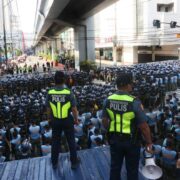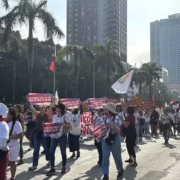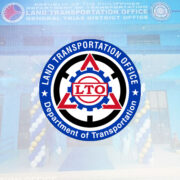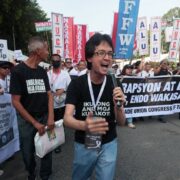Facing up to the reality of climate change

The series of typhoons (Nika, Marce, and Leon), super typhoons (Pepito and Ofel), and severe tropical storm (Kristine) that battered the Philippines this November and October serves as an urgent call for both government non-governmental organizations (NGOs).
For NGOs, in particular, this signals the need for a fundamental shift in development approaches, strategies, and programs—especially among those committed to sustaining improvements in the lives of the poor.
NGOs engaged in development must prioritize vulnerable communities that bear the brunt of extreme flooding caused by typhoons. These include low-lying areas near rivers and seas, as well as flood-prone urban zones. Expansion efforts should focus on disaster-prone areas even if these have been previously served. In just one month, at least 160 lives were lost, more than 600,00 people were displaced as floodwaters swept away homes or destroyed them with strong winds, and over half a billion pesos worth of damage was sustained by agriculture and infrastructure. The economic repercussions ripple across the country, ultimately impacting the gross domestic product.
For the government, it is high time to push forward with plans to establish a dedicated department for disaster risk reduction. Such a move would consolidate efforts, enhance coordination, and improve the country’s overall preparedness. For Bicol, which suffered unprecedented flooding due to severe tropical storm “Kristine,” reviving the Bicol River Basin Development Program by leveraging institutional knowledge is a prudent step.
To create programs that deliver lasting improvements for the poor, NGOs may need to reassess their priorities and focus more on infrastructure support. While this may seem like a step back, it is, in reality, a necessary strategy to mitigate the devastating effects of climate change. Without robust infrastructure—such as flood control systems, reinforced housing, and disaster-resilient community facilities—years of development work can be undone in moments, erasing the gains of past interventions.
Protecting lives and livelihoods in vulnerable areas must take precedence. These interventions, though costly, are investments in resilience. NGOs must also advocate for the protection of natural barriers like the Sierra Madre mountain range, which plays a critical role in weakening the destructive forces of typhoons. Far from being a liability, these initiatives could attract more donor funding. Saving the environment and safeguarding communities yield clear, measurable, and relatable results. The outcomes resonate with donors and make securing grants more likely.
Implementing these changes will require strategic, high-level decisions, and approval from NGO boards. This is not entirely a paradigm shift. Many NGOs have extensive experience in infrastructure projects that offer valuable lessons to inform future initiatives. Leveraging institutional knowledge can lead to more effective and sustainable solutions. For instance, NGOs can once again deploy trained community theater groups of children and young adults to raise awareness about flood preparedness and climate adaptation.
Collaboration with government agencies will be crucial for the financial, logistical, and technical execution of infrastructure projects. Community participation, from design and implementation to monitoring and evaluation, must remain a cornerstone of these efforts. To achieve this, NGOs should build coalitions and networks at the national level to strengthen their collective impact.
What is the point of empowering the poor, protecting children, prioritizing girls, and advocating for human rights if the same people are forced to evacuate repeatedly due to floodwaters, storm surges, mudslides, and typhoons? If their livelihoods are continuously destroyed, all efforts to uplift their lives become futile.
The time to act is now. Bangladesh, a developing country like the Philippines, has demonstrated success in combating floods. The erstwhile impoverished country has developed comprehensive flood warning systems. Advanced forecasting and early warnings have significantly reduced flood casualties, and local communities are trained in flood preparedness and adaptation. The country has also built cyclone shelters, elevated homes, and embankments to protect vulnerable areas.
NGOs and the government must rise to the challenge of climate change, ensuring that development work is not only sustainable but also resilient in the face of increasingly frequent and severe natural disasters.
—————-
Nono Felix worked for an international NGO as a corporate planning, monitoring, and evaluation manager, covering 13 Asian countries.

















